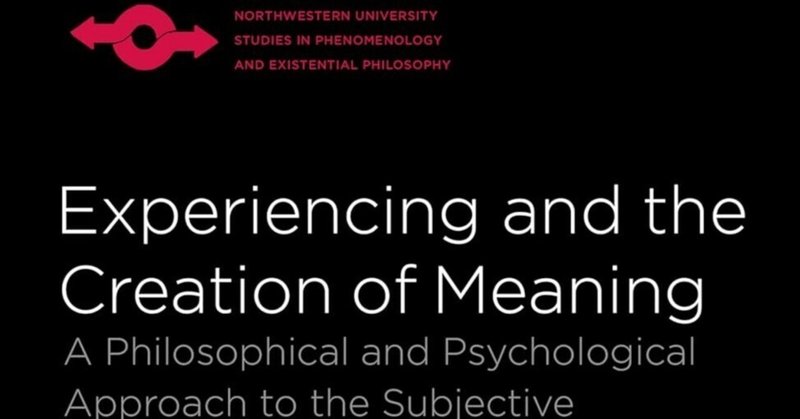
Entitizing and Universalizing
Chapter V of “Experiencing and the Creation of Meaning (ECM)” (Gendlin, 1962/1997) contains a part that I have not been able to accept after rereading it for more than 25 years. It states that “recognition” was classified under “universalizing.”
The terms “entitizing” and “universalizing” were first used in Chapter V of ECM. After that, they were used less frequently but were used again in the “Note” to Chapter VIII of “A Process Model (APM)” (Gendlin, 1962/1997) as follows:
New entitizing and universalizing (new particulars or aspects, and new universals) can be made from any point, which were not literally implicit. (Gendlin, 2018, p. 275)
Therefore, it is clear that he did not abandon these terminologies later on.
Chapter V of ECM has a section entitled “6. An optional distinction among the functional relationships applied to ‘iofi’ and to relativity” (Gendlin, 1962/1997, pp. 193-7). In this section, Gendlin explained whether each functional relationship in Chapter III was classified under entitizing or universalizing. Specifically, he classified “recognition” under “universalizing,” as well as comprehension and relevance. He considered recognition to be one of “they are just such ‘further’ specifications of the possible meanings.” On the other hand, I think “recognition” should be classified under “entitizing” as well as metaphor and circumlocution. I think it should be considered as one of “they specify a ‘this.’” More to the point, I am also concerned about the lack of classification of “explication.”
First, let us review the original text of ECM.
Looking at each functional relationship with “iofi” in mind, we find that “direct reference,” “metaphor,” and “circumlocution” (each in a somewhat different sense) specify a “this.” They refer directly to the experiencing just then involved in having some specified meanings and they specify that experiencing as “this.” (Gendlin, 1962/1997, pp. 193-4)
“Recognition,” “comprehension,” and “relevance,” on the other hand, are formulations of applications of “iofi” that focus on just the latter half of the above description: that is, they are just such “further” (also multiple) specifications of the possible meanings that can be specified of just such an already given “this.” (Gendlin, 1962/1997, p. 194)
It is really the latter that specifies meanings. The former opens up the possibility of specifying meanings. (We have seen that a metaphoric meaning is really such multiple possibilities.) Let us call these two aspects of “iofi”: “entitizing” and “universalizing.” (Gendlin, 1962/1997, p. 194)
Based on the above, it can be assumed that Gendlin classified the following in ECM:

However, Gendlin summarizes parallel and nonparallel relationships in Chapter III of ECM as follows:
If we so distinguish comprehension, we may see it as analogous to explication. Explication and comprehension both seek symbolization for a given felt meaning. Thus, comprehension relates to metaphor as “explication” relates to “recognition.” (Gendlin, 1962/1997, p. 127)
The table on p. 137, which illustrates the relationship between nonparallel relationships, can be adapted to fit the format of this blog post as follows:

His discussion described above can be concluded as follows. Not “recognition,“ but “explication” should be classified under universalizing, as well as comprehension and relevance:

As stated above, it is my view that the classification of “recognition” under “universalizing” and the lack of classification of “explication” in ECM may have been a misprint.
References
Gendlin, E. T. (1962/1997). Experiencing and the creation of meaning: a philosophical and psychological approach to the subjective (Paper ed.). Northwestern University Press.
Gendlin, E. T. (2018). A process model. Northwestern University Press.
この記事が気に入ったらサポートをしてみませんか?
